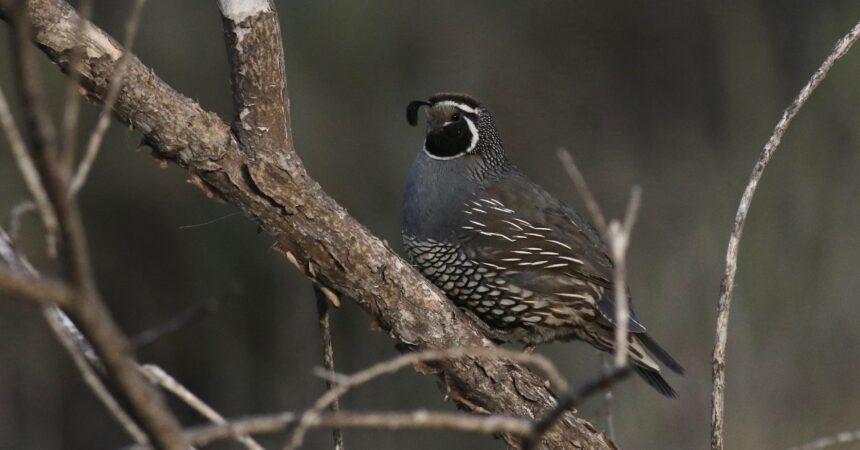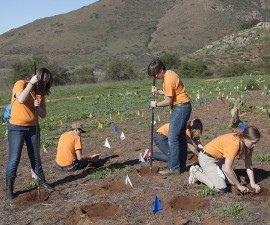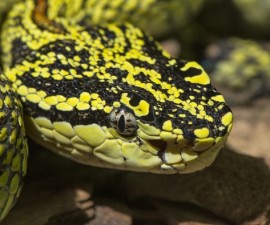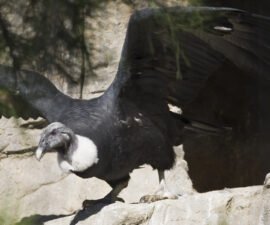Breeding bird surveys on a small protected area in San Diego’s North County
San Diego County’s flora and fauna are remarkably diverse, a reflection of the wide range of habitats found in the county, from the estuaries and sandy coastal beaches, to mountains, deserts, grasslands, and shrublands. Like much of Southern California, San Diego also supports a massive human population, and wildlands are often fragmented by human disturbance and development, particularly near the coasts. Natural geographic baselines like mountain ranges and river gorges intersect with human-made barriers, like fences and freeways, reshaping and disjointing wildlife corridors. If we humans are sometimes confused by our own complicated environment, imagine navigating this landscape as a bird. The abilities of resident species to adapt and hang on to remaining habitat fragments—and of migratory species to follow transformed ancient paths and flyways, finding their way through real and artificial boundaries to find oases—is remarkable.
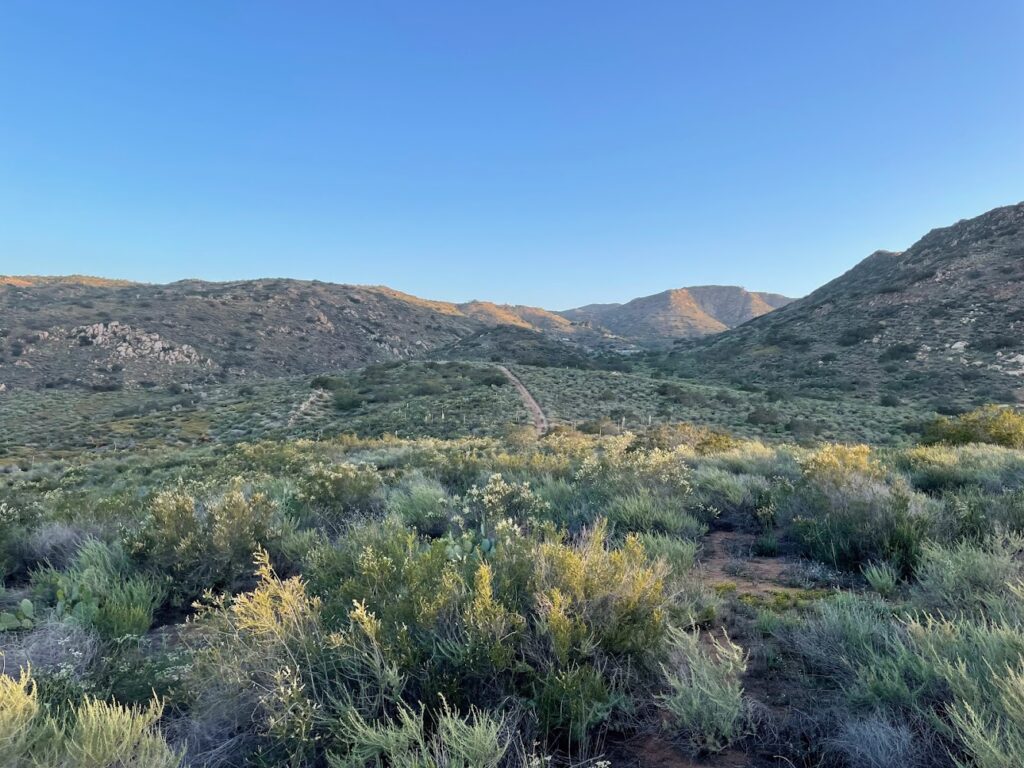
One such oasis is the Safari Park Biodiversity Reserve, a 900-acre protected area in the San Pasqual Valley of San Diego’s North County. The Reserve is part of the San Diego Zoo Wildlife Alliance’s Safari Park, and though not accessible to most visitors, the Reserve is open to researchers, educators, and tribal partners. One of our primary goals is to understand the Reserve’s role as habitat for resident and migratory species within the matrix of land uses in San Diego’s North County, and to tie our biodiversity monitoring and research into larger, species- and region-wide initiatives. Partnering with the Sonoran Joint Venture for our breeding bird survey has allowed us to do exactly this: by designing our survey around Point Blue’s point count protocols, and with access to the Borderland Avian Data Center, the census effort on our relatively small property can contribute to regional and binational bird conservation.
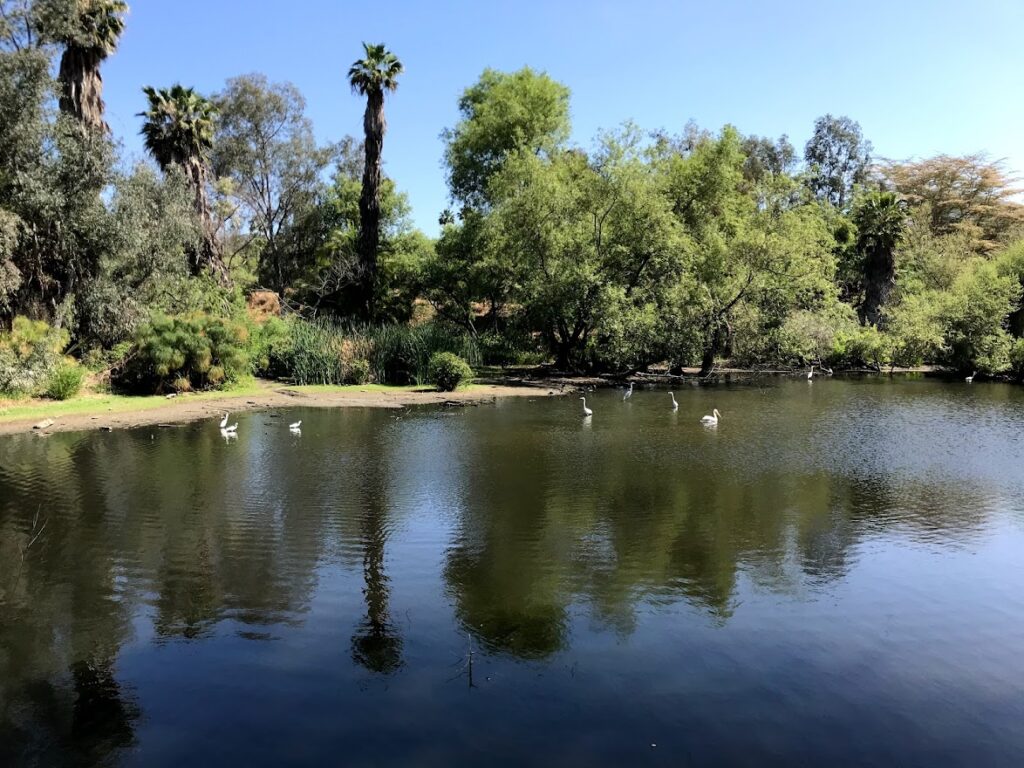
The point-count survey methodology we are using depends on the ability of surveyors to accurately identify birds at statistically independent sampling locations by both sight and sound—abilities that I, an ecologist and extremely amateur birder, do not possess. Luckily, the San Diego Zoo Wildlife Alliance attracts excellent volunteers, so our volunteer team paired me up with Gavin, a local college student with an incredible ability to identify species by call and song, wingbeats, drums, and markings. Last year, the survey was primarily a tool to fill out a species checklist, but now, the data will allow us to estimate the detection probability of different species, compare them from year to year, and compare them to other regional and habitat-specific survey results.

In 2021, we surveyed 22 points across the Biodiversity Reserve a total of four times, conducting surveys every other week. Points sampled as much of a range of habitat as the Reserve affords, including north- and south-facing coastal sage scrub, coast live oak woodland, chaparral, and even a sliver of willow-cottonwood riparian forest. Amazingly, we heard and saw a Least Bell’s Vireo—a federally listed species with very specific habitat requirements—in a tiny piece of riparian forest on the edge of the Safari Park property. Migratory waterfowl crowded into the Safari Park’s ponds and wetlands during the survey, showcasing the colors and diversity of the Pacific Flyway. A Wood Duck, Mandarin Duck, Pelagic Cormorant and Wood Stork were the most exciting sights at the ponds, occurring at the same time as our transects but vexingly never while we were collecting data. Other highlights of the 2021 survey were Band-tailed Pigeon and Horned Lark, as well as our locally common but regionally scarce residents, Coastal Cactus Wren and California Gnatcatcher.
This year, we got an earlier start and have completed two of our four transects. The earlier timing has already produced interesting migratory species: White Winged Dove, Swainson’s Hawk, and Black-chinned Sparrow are 2022 standouts that were absent from last year’s survey. Hopefully more exciting arrivals will show as the season progresses.
Carlos A. (Charlie) de la Rosa, Ph.D. is the Natural Lands Program Manager for SDZWA.
Header photo: California quail are common residents in coastal sage scrub vegetation.
Sonoran Joint Venture is a partner of SDZWA. This story was originally posted by Sonoran Joint Venture in both English and Spanish.

